Description
Lagerstroemia Indica, Common Crape Myrtle – Plant
Lagerstroemia indica, the crape myrtle (also crepe myrtle, crêpe myrtle, or crepe flower) is a species of flowering plant in the genus Lagerstroemia of the family Lythraceae. It is native to the Indian Subcontinent (hence the species epithet indica), and also to Southeast Asia, China, Korea and Japan. The genus name honours Swedish botanist Magnus von Lagerstroemia. It is an often multi-stemmed, deciduous tree with a wide-spreading, flat-topped, rounded, or even spike-shaped open habit. The tree is a popular nesting shrub for songbirds and wrens. The crepe myrtle is a favourite of many southern gardeners. (Crepe myrtle is the preferred common name in the south). The draw for this plant is that it blooms at a time when most trees are not blooming.
Planting & Care
Every leaf has a growth bud, so removing old flower blossoms encourages the plant to make more flowers instead of using the energy to make seeds. Clean away from around the base of the rosebushes any trimmed debris that can harbour disease and insects.
- Sunlight:
1. More than 6 hours of direct bright sunlight a day.
- Watering:
1. Before water poke your finger/plain small stick into the soil to check the moisture.
2. Water when topsoil (1-2 inches) feels dry to touch.
3. Water thoroughly in the summer and reduce watering in the winter and rainy seasons.
- Soil:
1. The soil should be well-drained and fertile, rich in organic content for growing plants.
- Fertilizer:
- During the main growing season (June and July) feed the plant with organic fertilizer.
Lagerstroemia Speciosa Care Tips
- Keep the plant in natural indirect bright Light.
- Poke your finger/plain small stick into the soil to check the moisture.
- Water when top-soil (1-2inches) feels dry to touch.
- Do not re-pot for a minimum of 2 weeks after receiving it because it’s not good for the plant.
Medicinal Uses
Lagerstroemia speciosa leaves are utilized in the Philippines as a folk medicine for the treatment of diabetes and KIDNEY DISEASES. Unlike insulin, these extracts do not appear to produce lipid synthesis, therefore, may be suitable for the treatment of hyperglycemia and obesity resulting from type II diabetes.


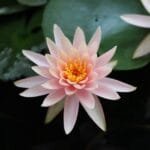
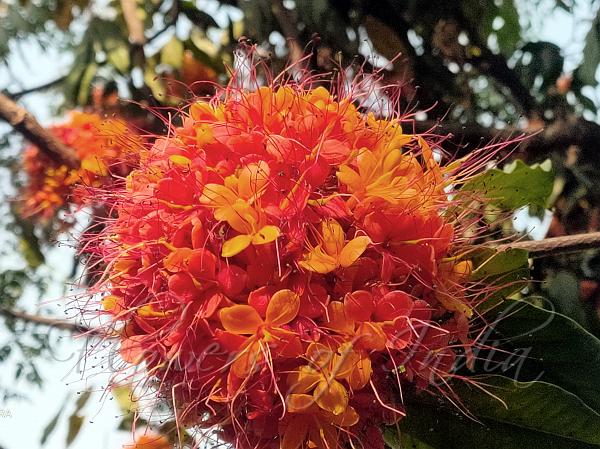
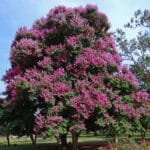

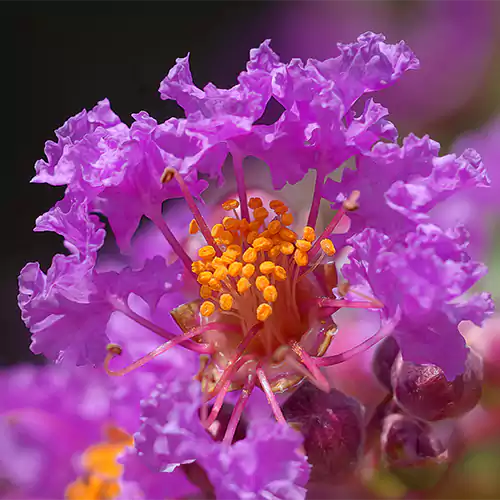

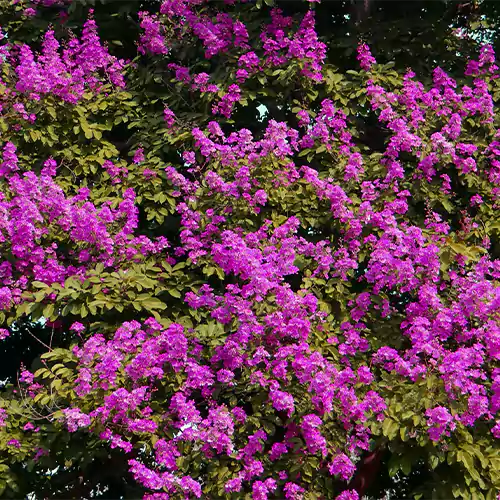
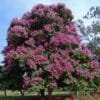




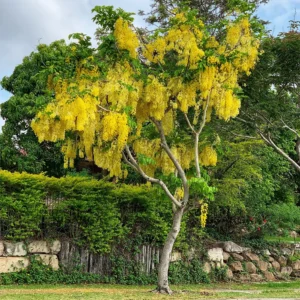
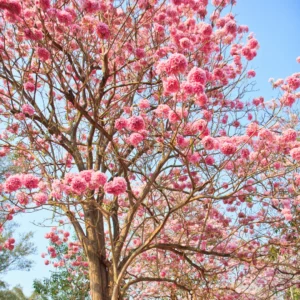

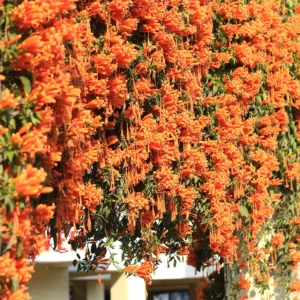
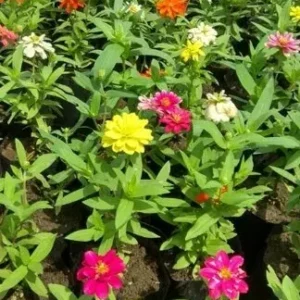
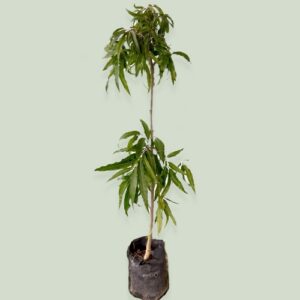
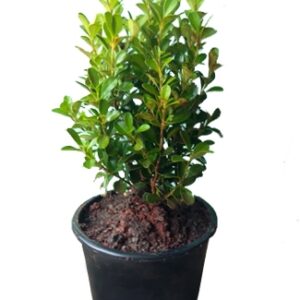
Reviews
There are no reviews yet.